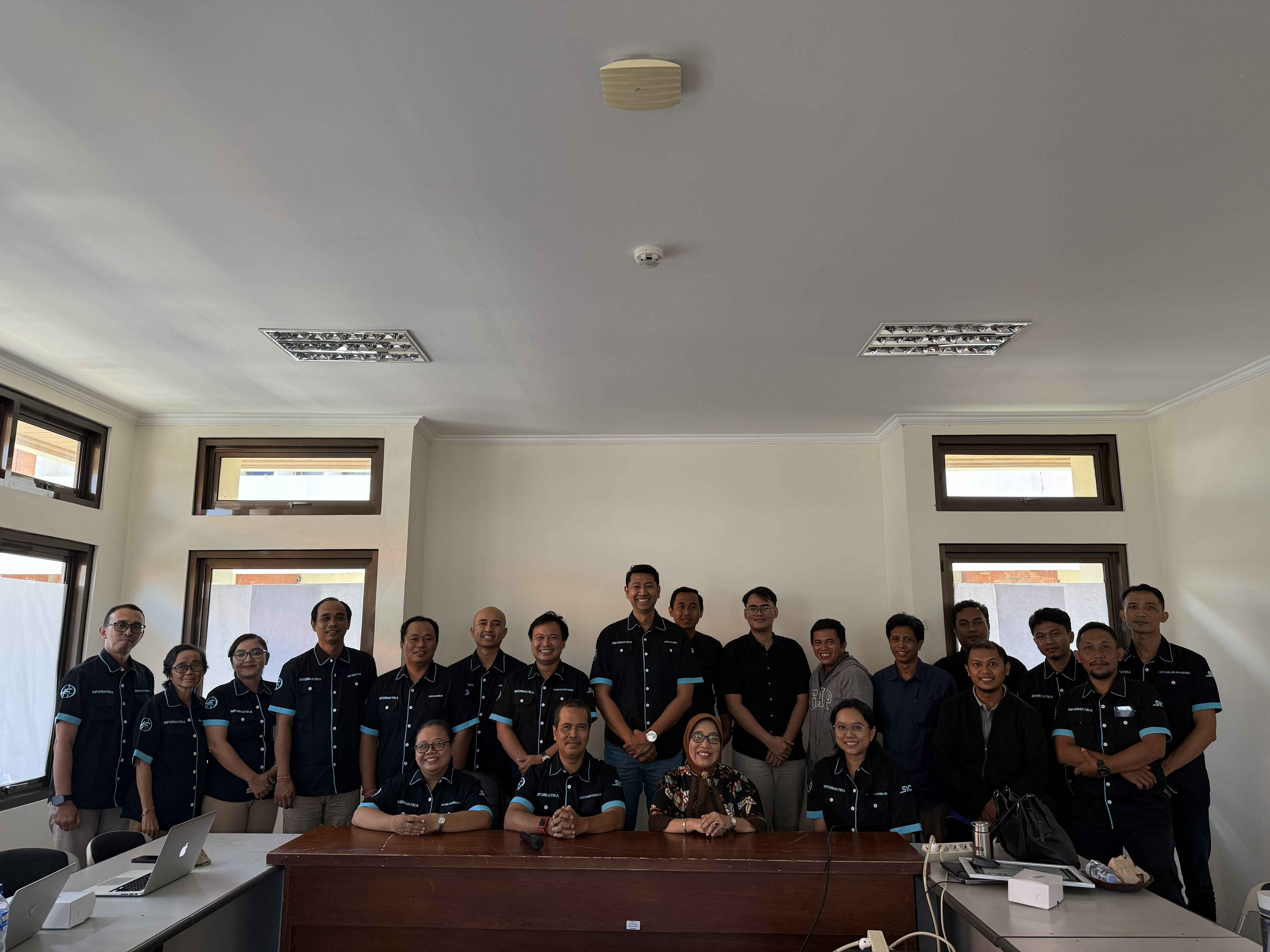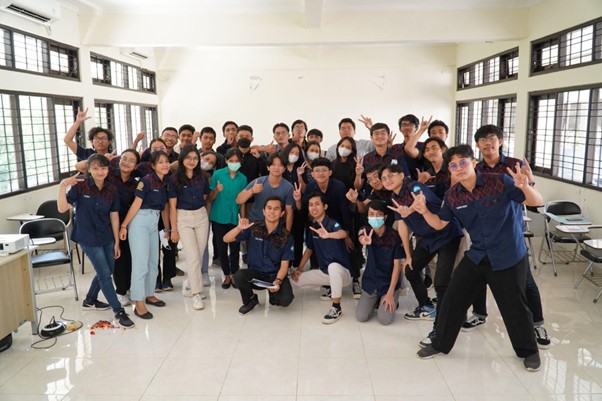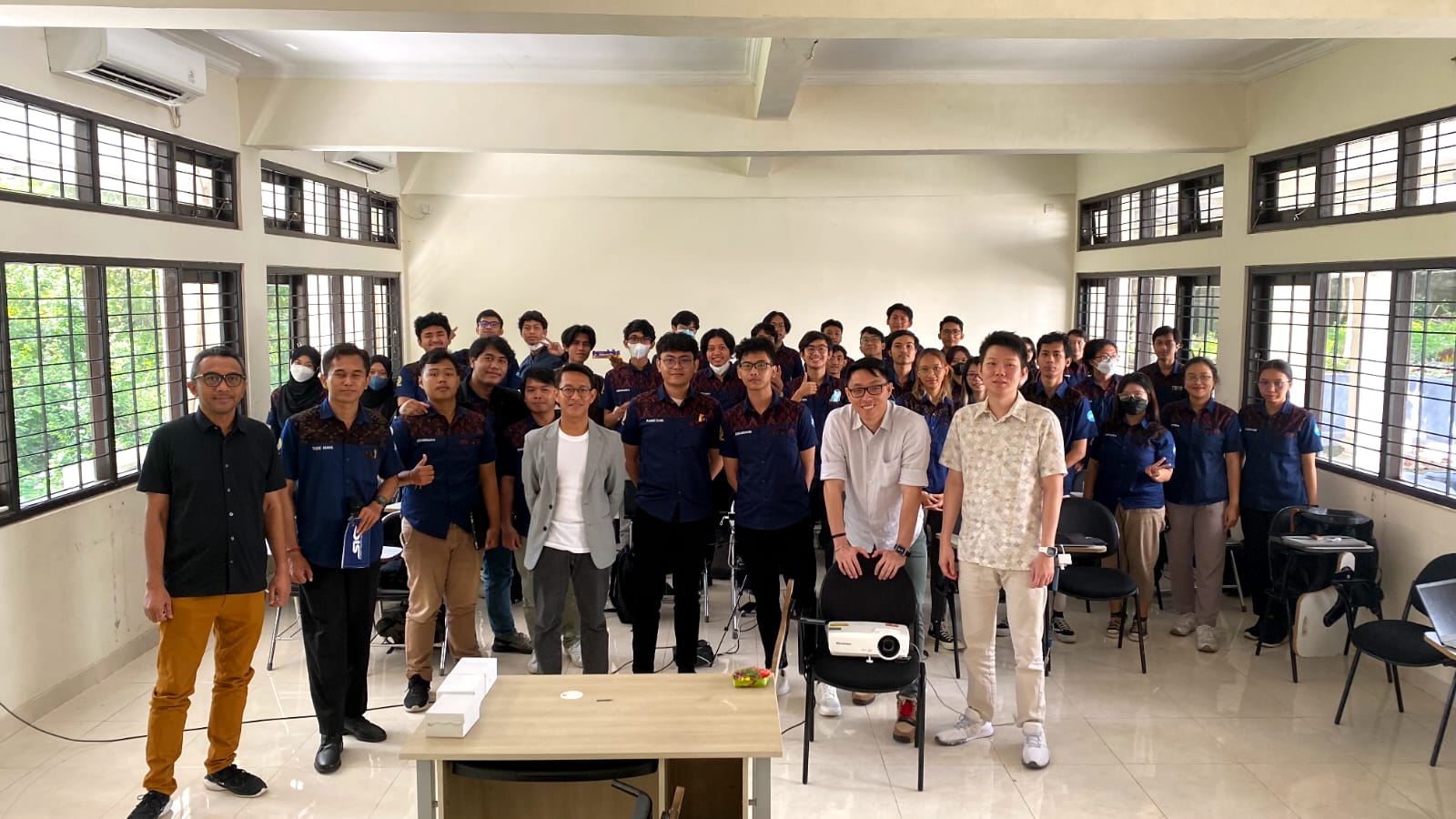Digital Security
This specialization path will explore the security sector carried out to protect computers and their networks with the aim of securing the information that is in them. The computer security system is an effort made to secure the performance and process of the computer. The application of digital security in everyday life is useful as a guardian of system resources so as not to be used, modified, interrupted, and disturbed by unauthorized people.
This pathway consists of six (6) courses that support it, namely:
1. Cryptography
This course discusses Cryptography techniques, which are mathematical techniques related to aspects of information security, such as data confidentiality, data validity, data integrity, and data authentication.
2. Cryptanalysis
This course studies the methods in Cryptanalysis, the study of cipher, ciphertext, or cryptosystem that attempts to hide the code system by examining to find weaknesses in the system that will allow a plaintext to be revealed from its ciphertext without the need to know the algorithm keys. In short, cryptanalysis attempts to break down a cipher, ciphertext, or cryptosystem.
3. Information System Security
This course discusses methods/technologies for maintaining information system security that required control of information systems: Administrative Control, Control of system development and maintenance, Control of operations, Protection of physical data centers, Hardware control, Control of computer access, Control of computer access to information, and control of final protection.
4. Digital Forensics
Digital Forensic Courses are offered in 3 SKS. Digital Forensics is the use of a set of procedures to thoroughly test a computer system by using software and tools to maintain evidence of criminal acts. The digital age has brought changes in committing the crime. The use of computers in crime has led to the emergence of an emerging field called computer forensics. This course is designed to provide students with knowledge of tools and techniques for investigating the crime that focuses on digital evidence. This course is conducted with blended learning, meetings will be held face-to-face and supported by online activities.
5. Steganography
This course provides the basics of steganography. Steganography is the art and science of hiding the existence of messages. Students will learn how to use Java to write steganography applications. Steganography is the practice of hiding secret messages (hidden text), visible objects (cover text) to produce stegotext. Stegotext recipients can use their knowledge of certain steganographic methods that are used to recover hidden text from stegotext. The purpose of steganography is to enable parties to covertly communicate in such a way that the attacker cannot know whether there is a hidden meaning or not in their conversation.
6. Mobile System Security
This course provides an in-depth technical review of security features and operating system limitations on modern mobile devices, including the risks and vulnerabilities of being hacked that every IT professional needs to know. In this lecture includes a number of materials including Cellular Application Security Measures, Models for Developing and Securing Android Applications, Detecting Security and Acting on iOS, Cellular Device Management Trends (MDM-Mobile Device Management).



FACULTY OF MATH AND SCIENCE